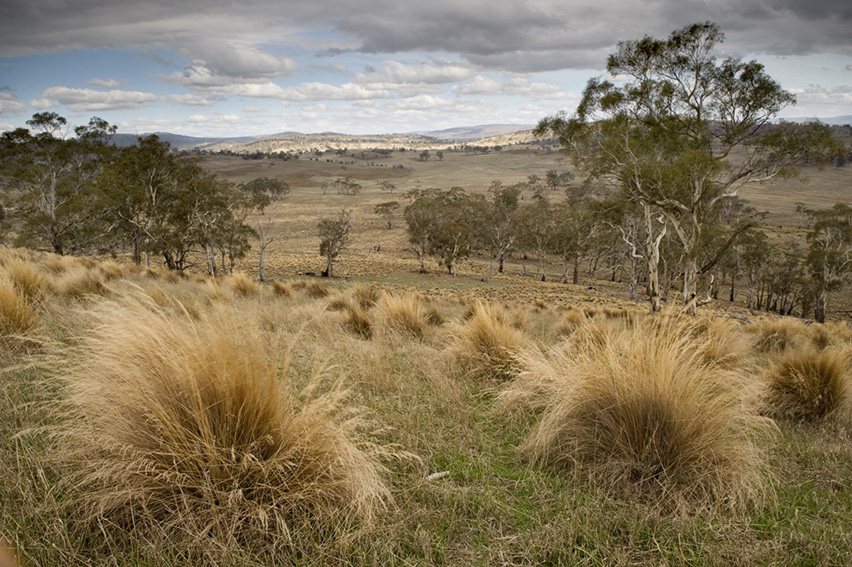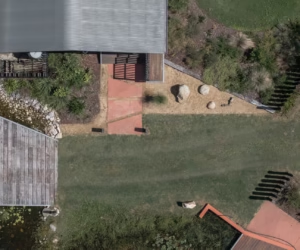Initiative to conserve native grasslands wins Banksia Sustainability award
Bush Heritage Australia and the Tasmanian Land Conservancy have won a prestigious Banksia Award for their work with farmers in helping to conserve the Tasmanian Midlands.
The Midlands Conservation Fund has scooped the prize in the Natural Capital section of the 2014 Banksia Foundation Sustainability Awards, recognising demonstrated leadership and innovation in the sustainable management of renewable and non-renewable resources.
The fund is a partnership between Bush Heritage Australia, the Tasmanian Land Conservancy and the farmers who safeguard the remnant native grasslands and grassy woodlands on their properties. The project was launched in 2013 with a landmark $3.3 million conservation fund supported by philanthropic individuals and government.
“This award is recognition that we’re doing it right. Our stewardship agreement model has been successful because it is underpinned by a fund that can provide money for conservation in perpetuity,” says Andy Myer, MCF Chairman and Bush Heritage Australia vice-president.
“Temperate grasslands are the world’s most endangered ecosystem,” said Gerard O’Neill, Chief Executive of Bush Heritage Australia.
“In order to protect those last pieces of remnant native grasslands and grassy woodlands, lasting conservation outcomes need to be balanced alongside livelihoods, and this has delivered on both fronts,” he said.
The program helps to conserve biodiversity on farms in the Tasmanian Midlands by offering stewardship agreements to farmers, paying for long-term conservation management on their land.
Ten famers have signed up to the programme and so far 2,636 hectares of grasslands and woodlands have been protected through the scheme.
“This is one of regional Australia’s great success stories,” said Jane Hutchinson, CEO of the Tasmanian Land Conservancy.
“This Banksia Sustainability Award confirms for farmers that the coexistence of critical conservation work and productive farming is valued,” said Ms Hutchinson.
The Tasmanian Midlands, one of Australia’s 15 biodiversity hotspots, are home to 32 nationally threatened species and more than 180 plants and animals threatened at state level, it provides habitat for species that are extinct or close to extinction on the mainland, such as the Tasmanian devil, eastern bettong, spotted-tail quoll and eastern barred bandicoot.
The fund will have the capacity to support many more landowners to conserve habitat on working farms and seeks to reach $10 million by 30 June 2020 to cover a further 8000 hectares of grasslands and grassy woodlands in the Midlands.



